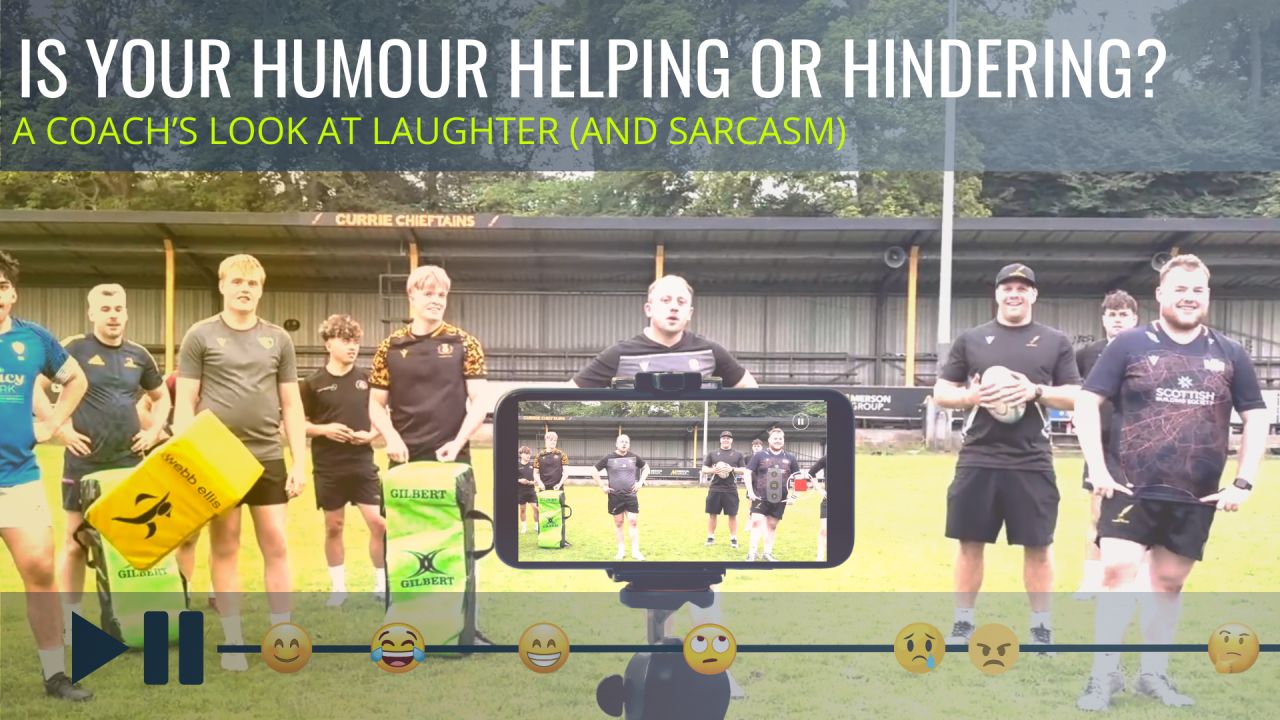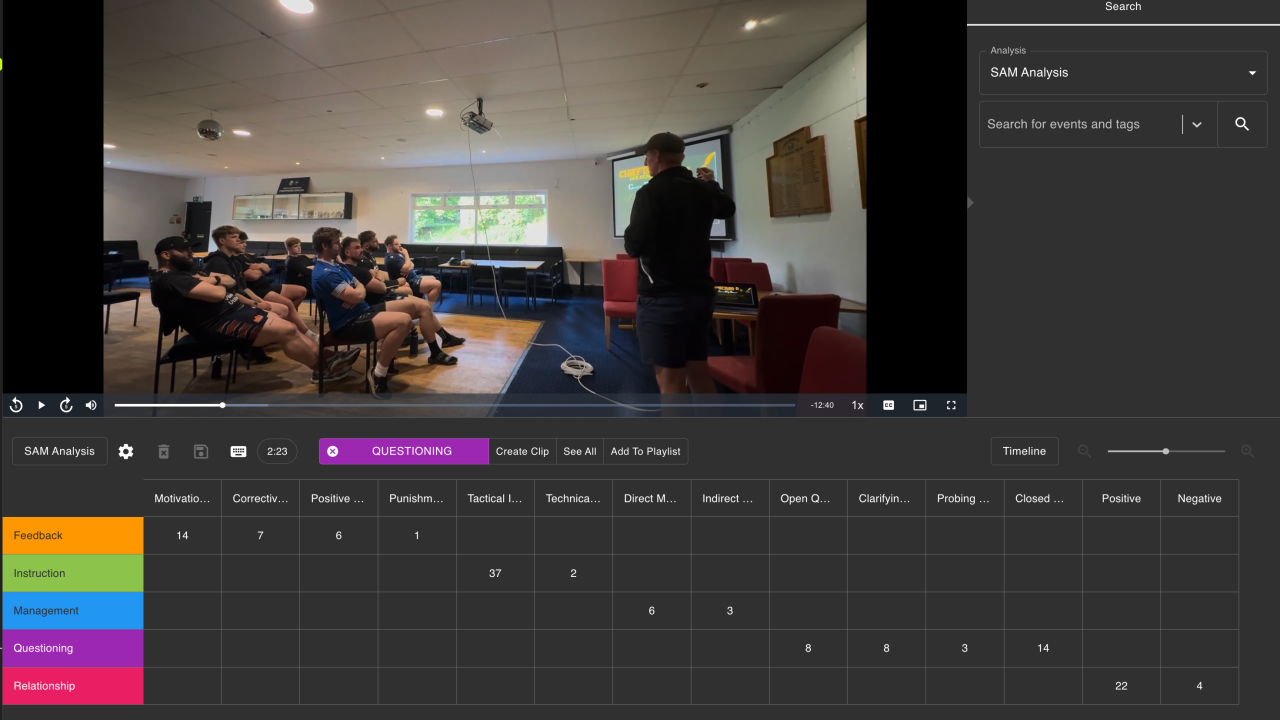The Physiologist (Part 1)
In this post, I’m going to look at the ways you can implement the lessons I have learned from the physiology support available as a member of the Scotland 7’s squad.
A physiologist is one of the most expensive support mechanisms, but really valuable and there are areas that can be covered with little or no expense.
We were first introduced to the physiologist for our initial fitness testing – not a way to endear yourself to a squad! Among the tests we completed were:
- Yo-Yo test, which measures aerobic endurance and was completed with heart-rate monitors to determine our maximum heart-rate.
- 5, 20 and 40 metre sprints, completed with Global Positioning System (GPS) to determine maximum speed
The maximum speeds and heart-rate data can be used to help guide training sessions throughout the season.
No Hiding Place
Now that this data has been collected, the coach can use the heart-rate monitor and GPS to know exactly how far we have run and the intensities we have been operating at. Players can no longer get away with breathing hard and putting their hands on their knees to convince a coach of there fatigue.
There is literally no way or place to hide!
These systems can also be used during games to monitor what is going on to allow the coach to structure training in a way that replicates the physiological demands being placed on us. GPS may not be readily available, but you can buy basic heart rate monitors relatively cheaply, which could be given to all or a selection of your squad, dependant on budget, during any given training session.
See the video at the end of this article for a further insight into the role sports science plays in elite sport.
Simple Integration
As squad members, we are asked to complete 2 daily questionnaires based on ‘well-being’, which includes information on weight, energy, and diet, and one that is related to training loads to identify my perceived rate of exertion (PRE) in the session and the length of time it lasted.
To ask your players to complete daily questionnaires may be a little laborious and time consuming, both in terms of completion and analysis, so here is what I propose, to help you gain a greater understanding of the intensity and volume of your training sessions and, importantly, your players perceptions.
- Give a selection of your players (5 would be a good number) a heart rate monitor – I appreciate this is budget dependant so not essential.
- Collect HR data at specific times in your session, at the start of a water break is as good a time as any – HR data can easily be taken manually if no monitors.
- At the same time, take a Perceived Rate of Exertion (PRE) rating from your ‘5’ players based on what they have just done – the 1-10 Borg scale is probably easier than 6-20 model.
- When you are planning your session, rate how hard you think each component will be using the same scale – if there is more than 1 coach, then you can do it as a group or individually.
Do this over a number of sessions (it doesn’t need to be every session), and you will hopefully start to see a number of patterns emerging:
- Players get a better feel for their physical ‘limits’ as there will be a correlation between Heart Rate and Perceived Rate of Exertion.
- Your understanding of what is and isn’t a physically demanding session will grow by looking at how hard you thought the session would be (your rating), how hard the players thought it was (PRE), and how hard it actually was (HR data).
My suggestion would be to do this a bit more regularly during the pre-season period, and then more intermittently during the regular season to keep on top of it. I would also suggest getting any injured players to help out; it is a great way to keep them involved and helps to lighten your load.
Check out the video below by the International Rugby Board for a further insight into the role science plays when preparing the top rugby 7's teams
…Part 2 will continue with physiology and will focus on recovery strategies. See my earlier post/link on the use of sports drinks for some interesting reading in the meantime.
Let me know your thoughts and how you get on.
Mark





